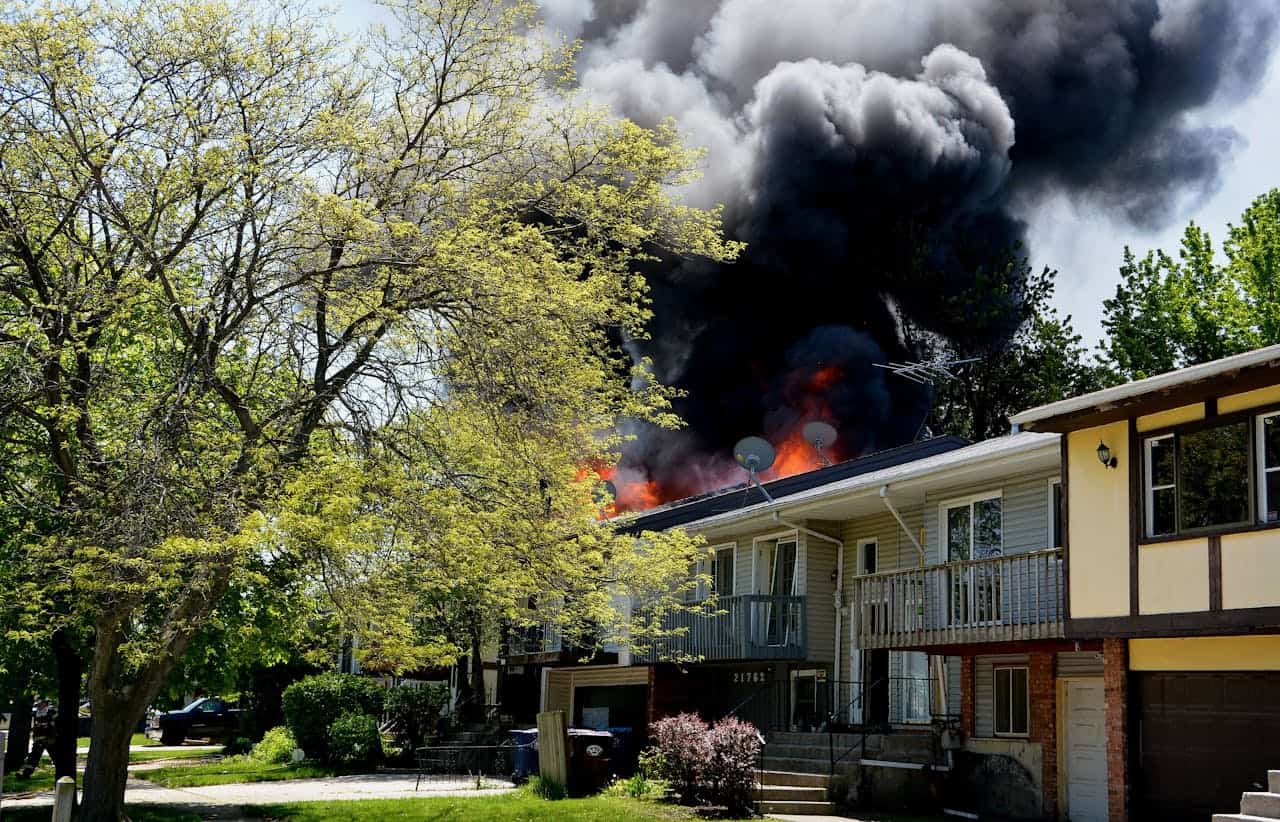
A Safer Home: How Landlords Can Protect their Properties as Insurance Costs Rise
By Seeta Bhandari, Sr. Vice President & Branch Owner at All Solutions Insurance
As property insurance costs inch up with inflation and rising maintenance costs, landlords are finding comprehensive and affordable insurance coverage increasingly difficult to secure and retain. And landlords must navigate a host of risk exposures from theft, to fire, pet exposures, water leakage and more to keep their renters safe and investments protected.
Unfortunately, several major insurers recently pulled back from the dwelling and landlord insurance market this past year for a variety of reasons, adding to the challenges facing these property owners. In particular, recent wildfire damages contributed to poor loss ratios for insurers, which led many to flee the market. This, in tandem with rising inflation and maintenance costs, has made insurance for landlords difficult to maintain and costly.
Wise landlords who understand the market and their risk exposures are in the best position to navigate these challenges. Once they understand their risk exposure, property owners can implement tactics to not only make their properties more attractive to insurers, but also to secure quality coverage customized to their needs at an affordable rate.
Understanding your risks and coverage needs
When was the last time you reviewed your insurance policy?
Post pandemic and in light of increasing weather risks, your coverage needs may have changed. Landlord insurance coverage can provide assistance in the event a loss occurs that is not covered under a renters insurance policy.
Consider the following common risk exposures for landlords and correlating insurance coverage:
- Bodily injury: We strongly recommend a liability policy of at least $300,000 to $500,000 to protect the landlord against bodily injury claims, such as injuries from a slip or fall, related to maintenance or ownership of the property.
- Property damage: Dwelling coverage provides needed protection for rented properties against potential property damage. How much dwelling coverage do you need? Currently, we estimate dwelling coverage by multiplying the square footage of a property by $250 to $300 per square feet. Often times, agents may try to persuade insureds with lower dwelling coverage limits to present a less expensive premium, but landlords should avoid this. In the event a loss does occur, this dwelling coverage could prove inadequate to cover the entire property rebuild.
- Loss of use: In the event of a major loss that renders a property uninhabitable for a period of time, loss-of-use coverage can help a renter secure a place until the property is repaired. Loss-of-use coverage is not covered under a landlord’s policy normally but would be covered under the renters insurance policy purchased by a tenant. The insurance company would cover the rental payments lost by the landlord.
- Water backup: Water damage is a frequent issue for landlords and a water backup policy can help cover the cost of the damage if caused by a sump pump failure or sewer backup.
- Damage to additional structures: Other structures coverage ensures structures that are on the property, but not the main property itself, such as fences or garages, are covered in the event of property damage.
- Rebuilding complications: After a loss, landlords will want to follow the latest building codes as they rebuild their property. Ordinance and law coverage covers the cost to rebuild a home following the most recent building codes.
- Gaps in coverage: Lastly, landlords should have umbrella coverage in place to protect all dwelling facilities. In the event any claim exceeds the liability limits on your existing policies, umbrella coverage will provide the higher liability limits for the landlord’s protection.
We also recommend landlords take the time to schedule regular insurance reviews. Roughly 30 to 60 days ahead of renewal is a perfect time to review your coverages and limits with your insurer to ensure they are sufficient.
Property safety
While understanding the policies you need is critical, a good risk mitigation strategy is also essential to protect people and your property, as well as to obtain the best coverage and to keep insurance costs at a manageable level.
Consider following these risk mitigation best practices:
- Follow regular maintenance schedules: Microwaves, stoves and other appliances should be modern and checked regularly per maintenance schedules. This will help prevent any sudden incidents that could significantly damage a property.
- Create a parking policy: Let renters know where to park their vehicles, trailers and boats to keep vehicles safe from damage or theft, and to avoid disturbing others in the neighborhood or creating a hazard that could lead to a liability claim.
- Consider pool safety: If you have a pool, be sure to add a fence. A fence will keep renters and their guests safe and significantly reduce the cost in case of a pool-related slip and fall. We would also recommend hiring a lifeguard for any pool parties to ensure maximum safety.
- Enforce pet policies: If a potential renter has a dog, ensure the breed is approved for coverage by the insurance carrier. Ensure the dog is also well trained to avoid any potential property damages.
- Thoroughly vet renters: A good renter makes all the difference. Renters should keep the house clean and clutter free and minimize the chance of any appliance or property damages.
- Run regular safety check ins: Every six months, check in with renters to ensure they are compliant with all regulations and are operating in the dwelling safely. Let renters know that in the event of any issues on-site, they should alert the landlord immediately. For example, if a tenant notices a leak, this issue needs to be addressed immediately to help avoid costly claims.
Additionally, investing in the latest technology can improve your insurability and provide an extra layer of protection for your property and tenants. We recommend purchasing alarm systems, sensors and cameras to protect against rising theft and vandalization. We also recommend installing auto shut-off valves in kitchen sinks and faucets. These tools can protect against any overflow even if the renter and landlord are away from the property.
A good risk mitigation strategy and the right insurance policies can protect tenants and guests, as well as protect their properties from damages while saving them money and some anxiety. As we near the end of 2024, incorporating insurance and safety reviews can make a major difference to property owners looking to better position themselves for the year to come.
About the author
 Seeta Bhandari is Sr. Vice President & Branch Owner at All Solutions Insurance, one of the largest independently owned insurance agencies in California placing over $5 million in annual premiums. She can be reached at 408-225-4300 x300 or [email protected].
Seeta Bhandari is Sr. Vice President & Branch Owner at All Solutions Insurance, one of the largest independently owned insurance agencies in California placing over $5 million in annual premiums. She can be reached at 408-225-4300 x300 or [email protected].


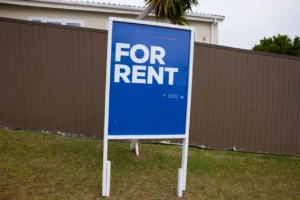

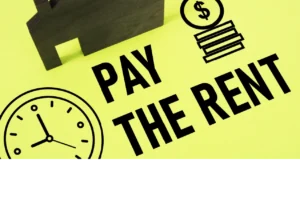
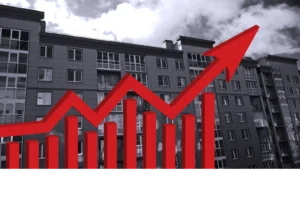


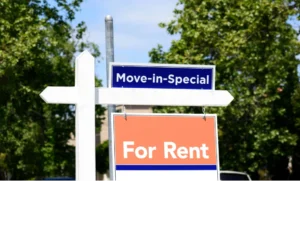




 Accessibility
Accessibility